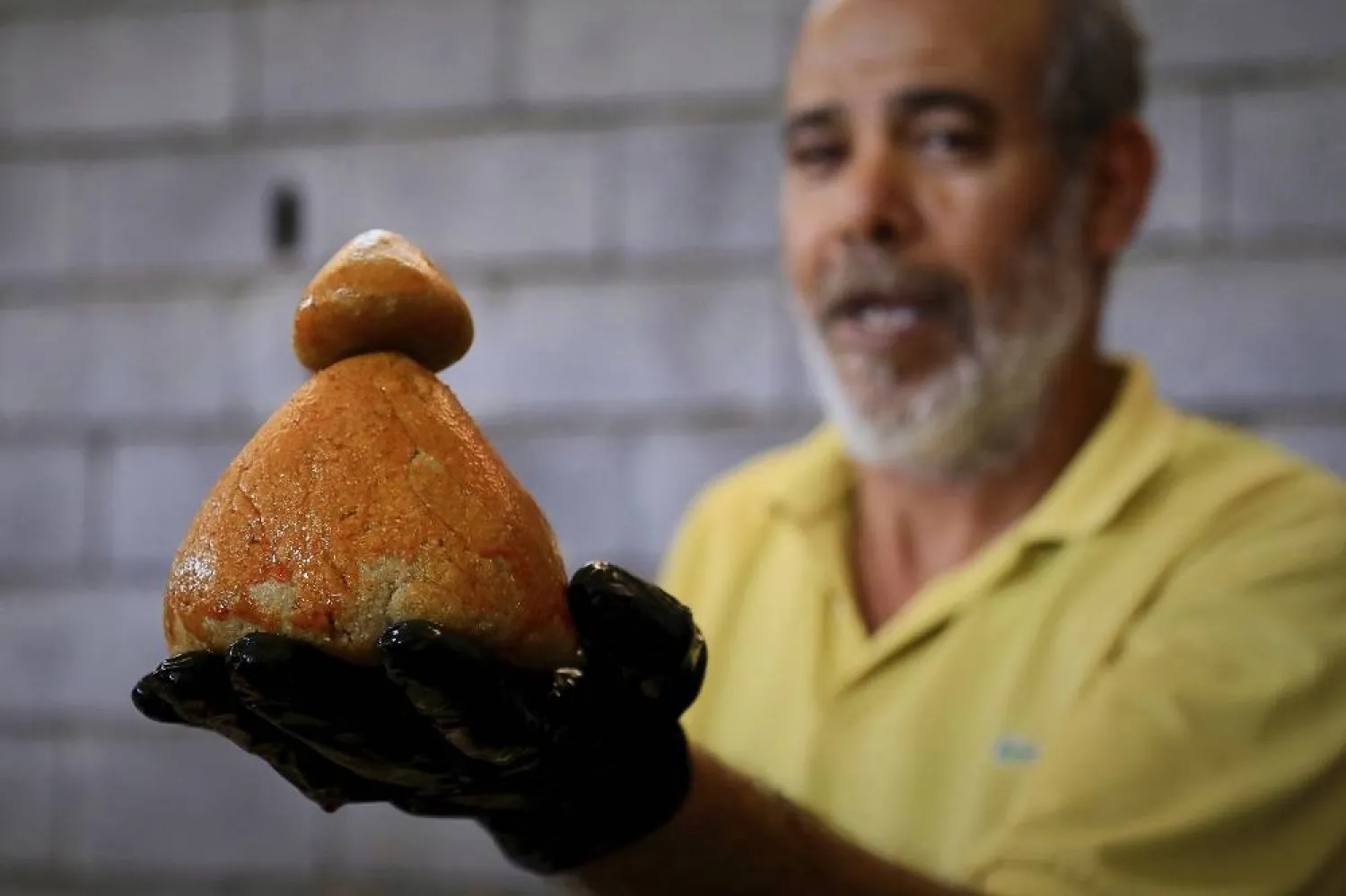Every year during the Muslim holy month of Ramadan, a Libyan town comes together to prepare — and share — one of their all-time favorite dishes: bazin.
In Tajoura, just east of Libya's capital of Tripoli, it's the perfect food for iftar, the evening meal when Muslims break the dawn-to-dusk fasting of Ramadan.
Savory and rich, bazin is usually made of unleavened barley flour and served with a rich stew full of vegetables and — hopefully — mutton. If those aren't available, which they often haven't been in the past decade and a half due to Libya's violence and turmoil, a simple tomato sauce will do.

Preparing it is a joint effort, and Tajoura residents of all ages are eager to help with roles from making the bread, handing it out to the poor or donating ingredients to the community.
Typically, the men of Tajoura volunteer to make the bread in a makeshift communal kitchen, using long wooden sticks to stir the barley flour water in large pots to make the dough.
Others then knead the dough, shaping it into large clumps that look a bit like giant dumplings, to be baked or steamed. Once ready, other volunteers hand out bazin to a people lined up outside, who eagerly wait to take it home for iftar.
Ramadan is a time of intense prayers, charity and spirituality.
And in Tajoura, it's also time for bazin.







